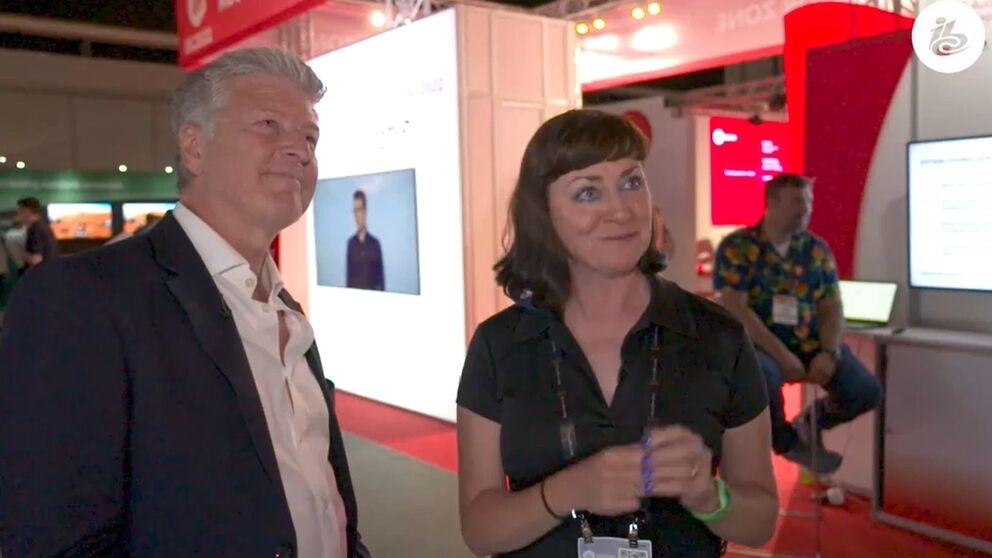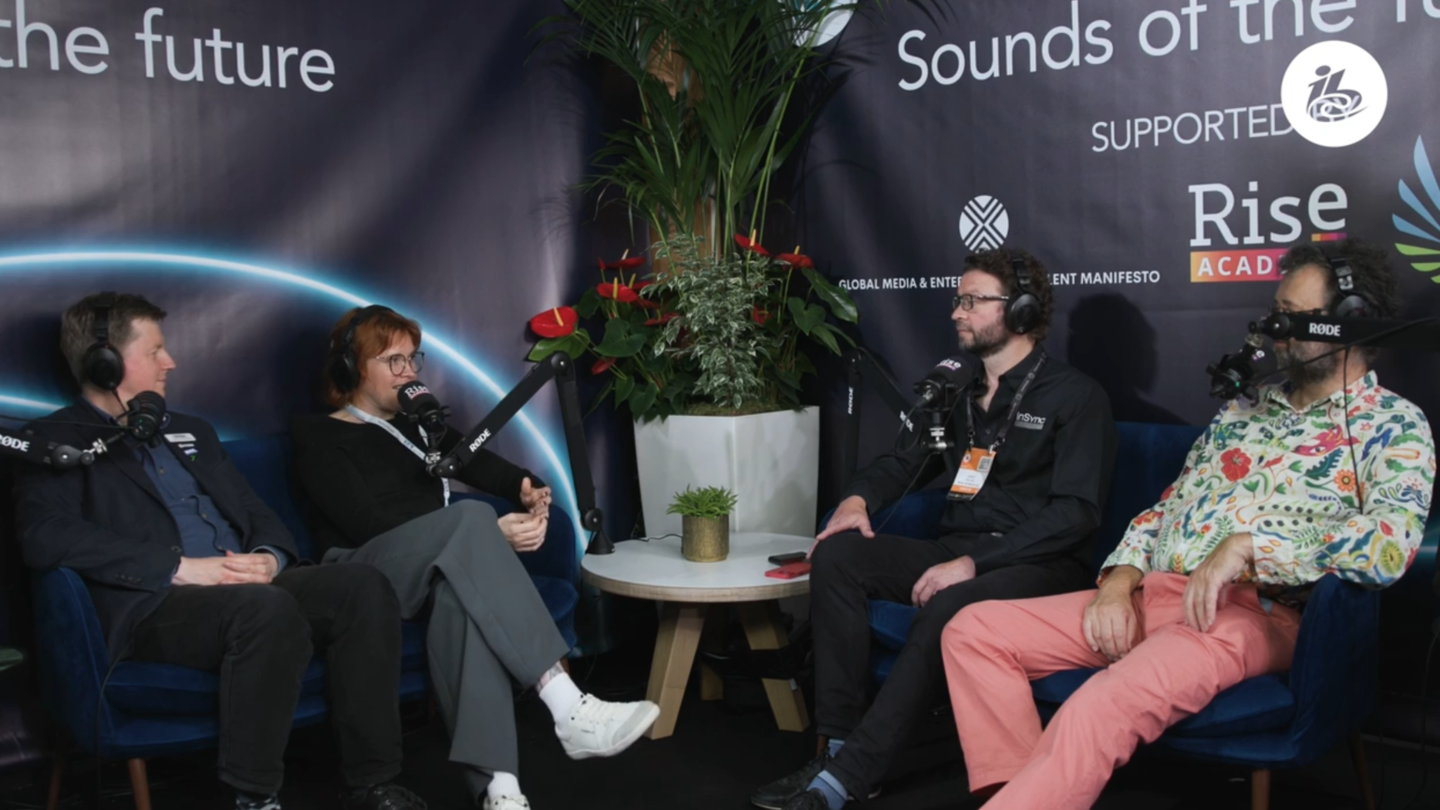IBC’s Accelerator Media Innovation Programme will be showcasing eight projects in Amsterdam this year. Created in 2019 to provide a framework for agile, collaborative, and fast-track innovation, the programme offers a unique multi-company project-based approach to solving complex media and entertainment business and technology challenges, focused on hands-on experimentation.
Going from strength to strength
Mark Smith, IBC’s Innovation Co-Lead of the programme reflects on the initiative’s trajectory. “We’re into the fifth year now,” he says. “2019 was the first time we got to showcase the three projects that we had. And then of course, COVID hit. So, we had two years without being able to showcase them in real life. But now we’re back with a further eight projects. We’ve had something like 37 projects if you include the ones underway for 2023.”...
You are not signed in
Only registered users can read the rest of this article.
.jpg)
Jen Smith, CIISA: "Bullying, harassment, and discrimination are what stifle creativity"
Jen Smith, CEO of CIISA, details how her vision for the future will stem the M&E industry’s £1.8bn annual losses in productivity by rooting out harassment across all levels of the business’s uniquely fragmented structure.
Fremantle’s Jens Richter: “We want to make sure the AI knowledge is at every level”
IBC2025 Conference preview: Jens Richter, CEO of Commercial and International at Fremantle, will take part in a session that will delve into how Fremantle is evolving to stay ahead of a post-peak TV market by adapting financing models, strengthening partnerships, and utilising its long-running brands.
Mike Darcey: “Like trying to predict the impact of the internet from the standpoint of the ‘90s”
IBC Keynote preview: Media industry commentator Mike Darcey presents an alternative view of the M&E sector ahead of his IBC Keynote session on 14 September.
IBC Keynote: ABC’s Damian Cronan on harnessing AI “in the service of our staff”
For his keynote presentation, Damian Cronan from ABC will outline the ways in which the Australian public broadcaster is utilising AI as part of its digital transformation, writes David Davies.

IBC Conference: Tubi’s Blake Bassett on AI’s ‘exponential growth’ and creative assistance potential
Blake Bassett, Vice-President of Product at streaming service Tubi, will be among the panellists for the IBC conference session ‘Mythbusting AI: Demonstrating the Impact on the Bottom Line’, on 14 September.




